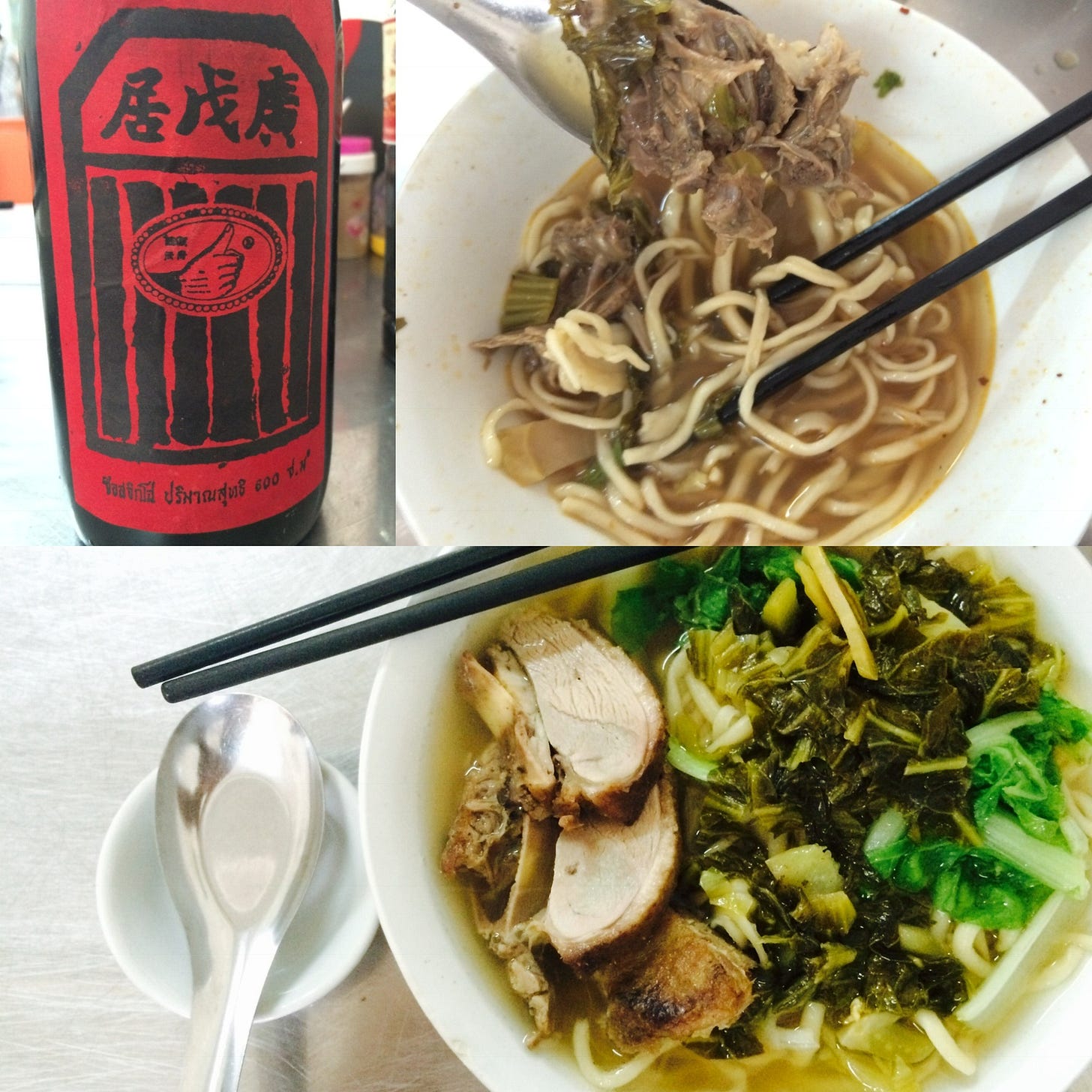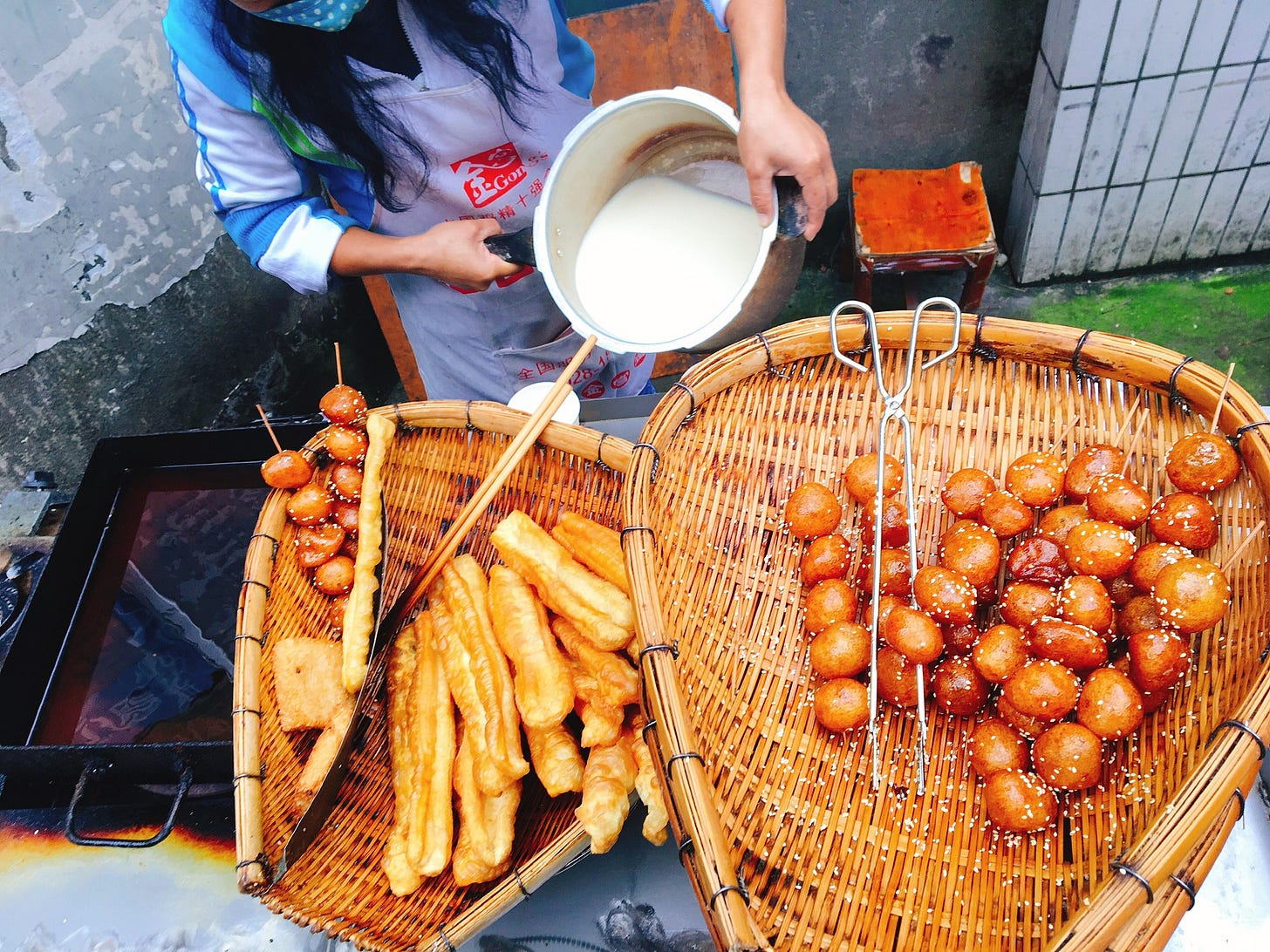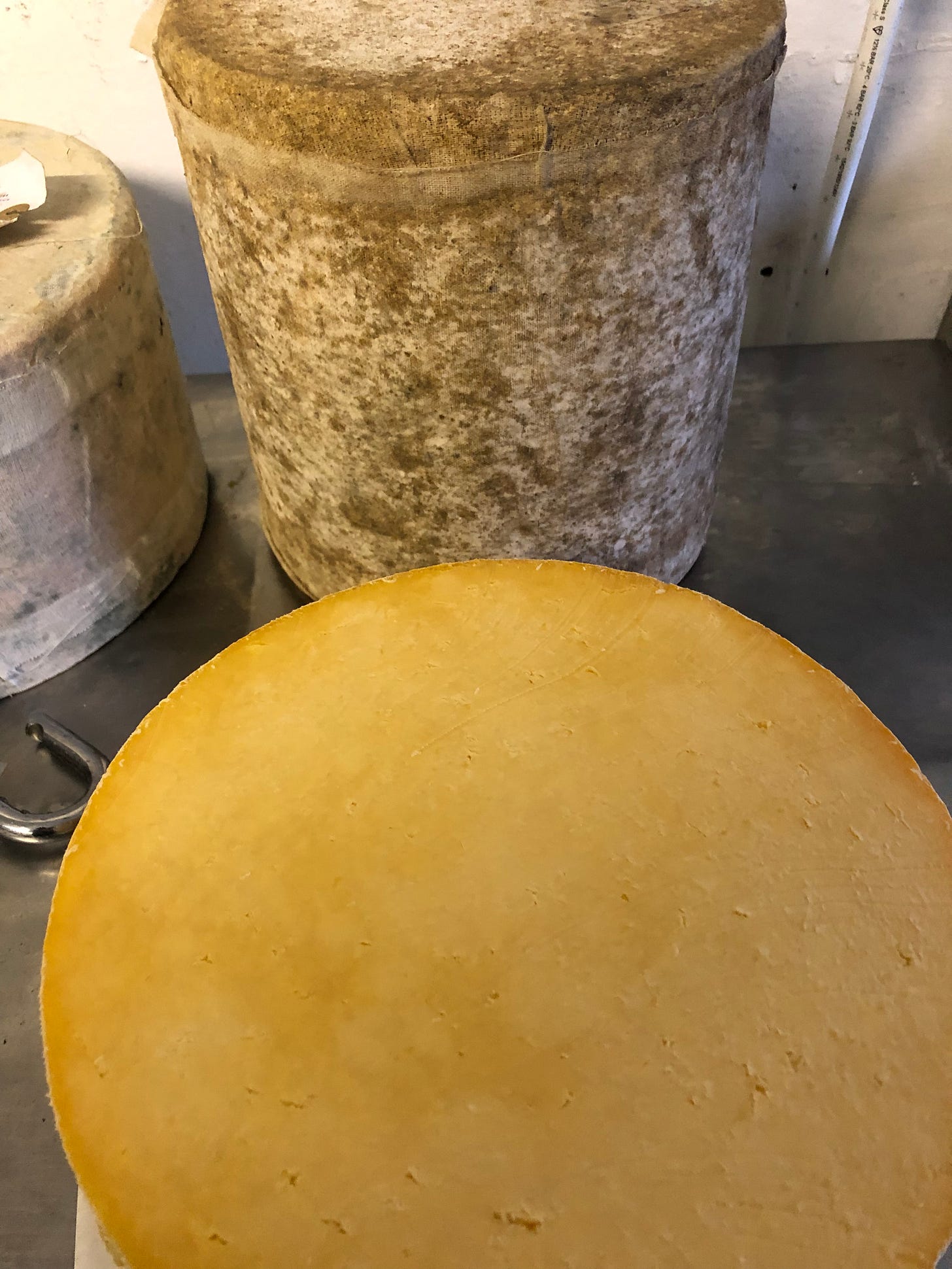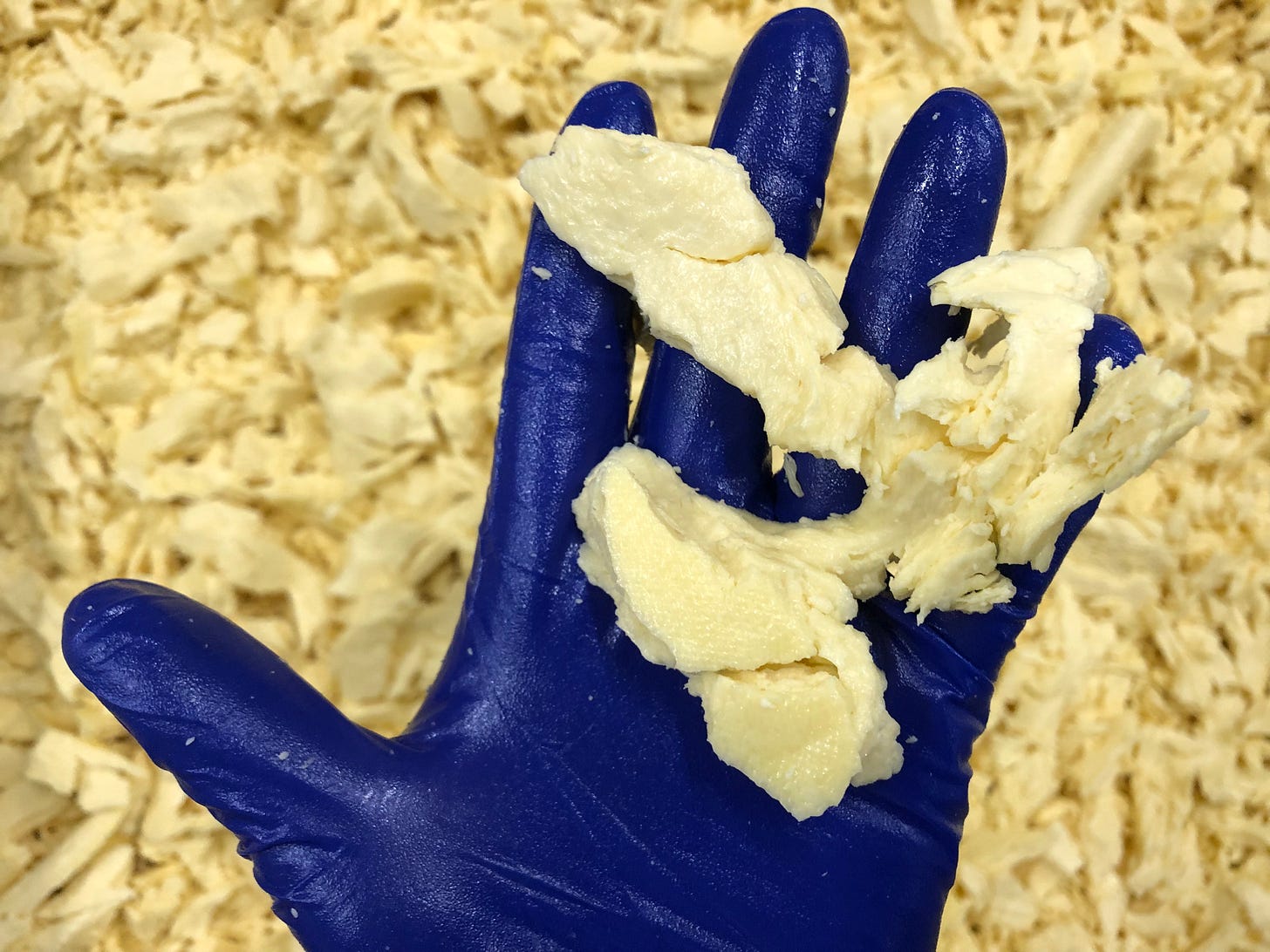This is the 3rd installment in a series explaining my foundational culinary philosophy which is the bedrock of my current exploration of various cheesemaking traditions and their ties to culture. Building on previous essays on our neglected sense of smell and the cultural basis of food preferences, I now will address texture. My philosophy towards cheese, food, and life is one of open mindedness, challenging accepted norms and personal bias, and emphasis on raw sensory perception .
I feel that texture is equally important as flavor and appearance in discussing the sensory impacts of foods. In retronasal olfaction (breath out your nose while chewing or after swallowing), the olfactory receptor cells in our nose and nasal cavity give us various impressions that we call flavor. Tastebuds on our tongue detect sweet, sour, salty, bitter and umami. But it’s in our mouth, throat, and lips that we experience the tactile sensations of various textural qualities in food and drink. Whether this is a pleasant or unpleasant experience comes down to our expectations, familiarity, and cultural frame of reference.
We’ve all had the experience of losing our sense of taste and smell when sick. It’s awful and can linger, but its a great opportunity to realize how important texture is. Maybe chicken noodle soup is often served to the ill because it has a pleasant soothing mouthfeel from gelatin. Mushy vegetables and saturated noodles that go down easy. It’s warm and nourishing. For Americans, it’s familiar and we often associate it with family and motherly care. What other dishes are associated with sickness, and recovery?
Interestingly, so called gelatinous textures are some what uncommon in American cuisine. People often don’t like a food based on this textured, or the dreaded mucilaginous or slimy feel, as in Okra. Not the case in many Chinese Cuisines, which celebrate gelatinous and slimy, and have many more words to make distinctions where we generalize………..Texture often takes a front seat, dishes are eaten seemingly for these textures, such as sea cucumber or slow braised chicken feet. Like flavor, we can learn to appreciate unfamiliar textures or combinations, if we wish to. I think our attitudes towards Food say a great deal about our openness to other ways of thinking, to others cultures, and to life itself. You decide how open your mind, heart, and mouth will be. I’ve choose to drop a great deal of my preconceived and culturally conditioned notions of food and life, while still retaining a sense of where I’m from, and the cuisine of my childhood.
I gained a whole new appreciation for texture while in China, seeing how layering various textures in a dish creates diversity and excitement, like bringing together interesting guests from different backgrounds in your mouth party. A single texture, like a single color, makes for boring eating no matter how pleasant the flavor. The cold dessert shown below was one of the most amazing things I have eaten, for its textural variety and impact. It was simply fun to eat, in hot humid Chengdu, after eating spicy/mouth numbing foods made with ample Sichuan peppers.
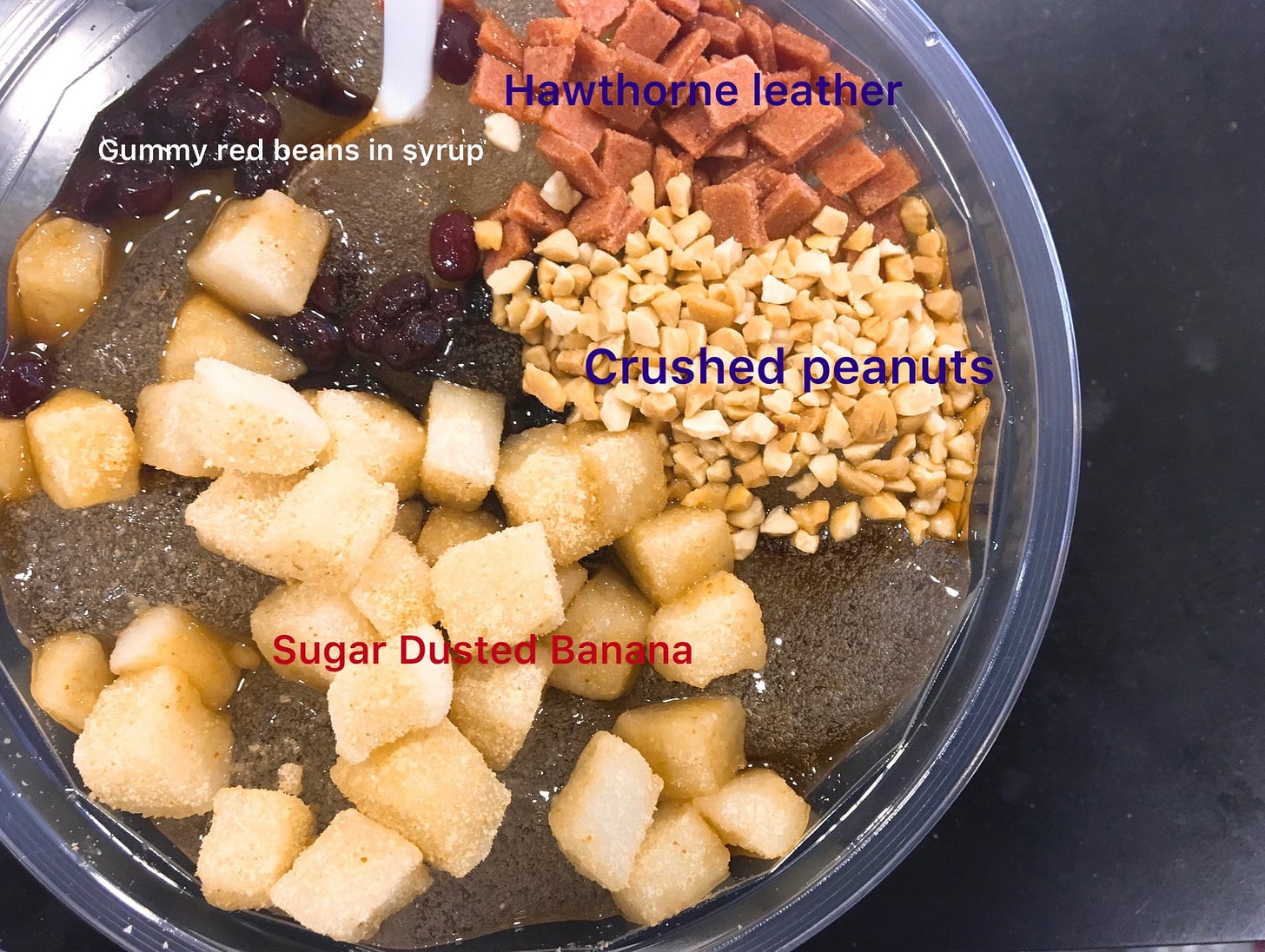
Hand pulled Noodles in broth with various parts of duck meat, pickled and fresh greens. You add as much thick dark soy sauce and spicy chili paste as you like.
Fried glazed donuts with sesame seeds dipped in freshly made soy milk from a street vendor. I never knew how good soy milk could be. Various unsweetened somewhat bland grain beverages are also consumed, like barley or red bean water.
Textures can be combined in contrasting or harmonious ways, or dishes of varying textures can share a table, allowing you to go back and forth, having a bite of crisp salad to refresh your palate before back into something more chewy. Most cuisines have some sense of this, but in America there can be a lack of textural diversity. I’m also seeing it in the UK, this is after all the culinary and cultural ancestor of the States. Fish and chips is great, but not much for your mouth to get excited about after the first 4 bites. There is a tendency here to have foods compartmentalized on a plate; you have your meat, your vegetable, and your grain or starch. There isn’t alot of clashing flavors or textures, and vegetables are often cooked to death.
Where I do see a lot of interesting textures in the UK is in the cheeses. BRITISH TERRITORIALS are cheeses named after particular regions and are considered to some degree or other to be “traditional”. Many of them are milled curd cheeses made in large wheel or truckles, which are taller than than they are wide. Milled curd cheeses get broken up into small pieces which are salted before being pressed. This leads to very distinct textures, which are as important to their identity as flavor.
On one side are the so called Crumblies; Cheshire (shown below), Lancashire, and Wensleydale. They are associated more with the north of England. Cheshire is probably the oldest of this style, but it’s hard to say what it’s texture was like hundreds of years ago. These have a subdued, fairly acidic, fresh creamy flavor prolife, and are what I would call texturally driven cheeses. They are simply fun to eat, it feels good to break them up in your mouth as they readily fall apart. I am fascinated with these cheeses and their labor intensive methods of manufacture, a trait they share with their cousins to the South.
Cheddar is the most well known, but the southern Territorials also include Gloucester and Red Leicester. These have a dense, but not hard, chewy texture which breaks on lines of cleavage, sometimes showing the stratigraphy of the Individual curds. There is a roughly mashed up linearity. Before the curds are pressed they have a chicken breast like texture with stringy layers that can be pulled apart. I’ve often wondered why people put themselves through the long torturous process of making cheddar. But if you want that texture there is no shortcut. So cultural identification with traditional foods can be based on textural distinctions.
I consider cheese to be the ultimate food because of the infinite variety of flavor, aroma, appearance, and texture that can occur. I know of no other food that has this level of variation. That certain textures are associated with regions and cultures is obvious. Sometimes it can be explained in economic or geographic terms. The styles evolved as responses to the restraints of climate, landscape, demographics, market forces. But once they are established they can become part of a social identity, an aspect of a cuisine. Then the cheeses can move with people, shift with changing circumstances and new technologies. Or attempts can be made to maintain the old ways, to keep making cheeses with similar shape, flavor and texture in the face of pressure to change.
What textures do you really not like, and why do you think that is? Are there certain textures that may be universally despised, such as sandy? What memorable textural experiences have you had with food?




